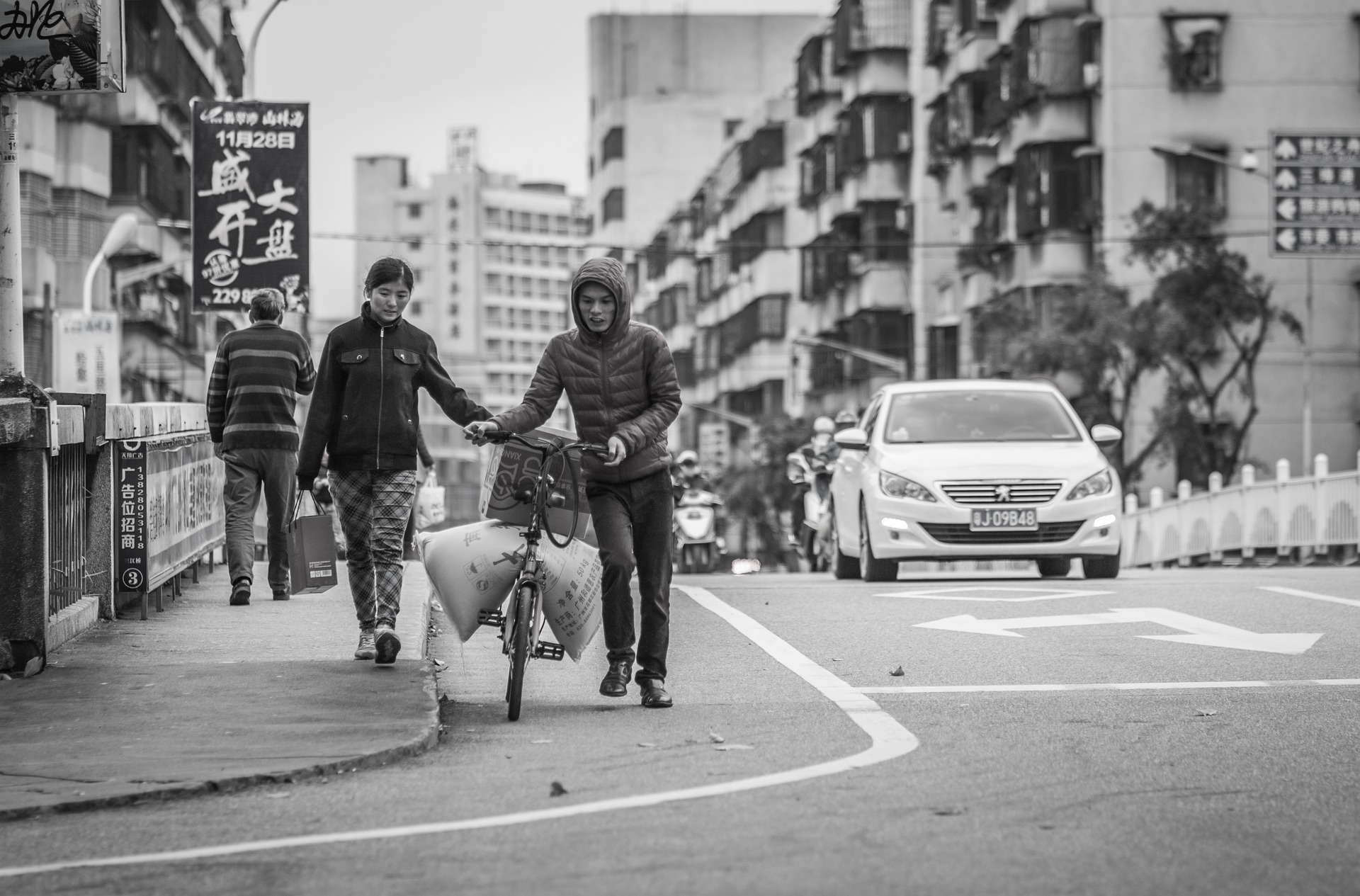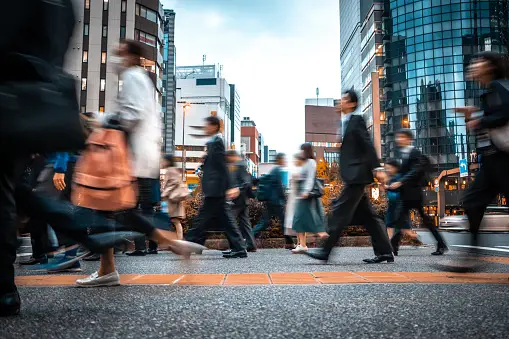Some Ideas on Street Photographers You Need To Know
Some Ideas on Street Photographers You Need To Know
Blog Article
What Does Street Photographers Mean?
Table of ContentsSee This Report on Street PhotographersAn Unbiased View of Street PhotographersStreet Photographers Fundamentals ExplainedNot known Factual Statements About Street Photographers Street Photographers Fundamentals Explained
, a category of digital photography that records daily life in a public area. The actual publicness of the setup enables the photographer to take honest images of strangers, frequently without their knowledge. Street professional photographers do not always have a social function in mind, yet they favor to separate and capture moments which might or else go undetected.Though he was affected by much of those who influenced the road digital photographers of the 1950s and '60s, he was not primarily thinking about recording the spirit of the road. The impulse to visually document individuals in public began with 19th-century painters such as Edgar Degas, douard Manet, and Henri de Toulouse-Lautrec, that functioned side by side with professional photographers trying to record the significance of city life.
As a result of the somewhat primitive modern technology offered to him and the long direct exposure time needed, he had a hard time to record the pressure of the Paris streets. He trying out a collection of photographic methods, trying to locate one that would allow him to catch motion without a blur, and he found some success with the calotype, patented in 1841 by William Henry Fox Talbot. While the photographers' subject was essentially the exact same, the outcomes were significantly various, showing the impact of the professional photographer's intent on the personality of the pictures he created.
The Street Photographers Diaries
Given the fine top quality of his pictures and the breadth of material, engineers and artists commonly purchased Atget's prints to use as referral for their very own work, though business interests were rarely his main motivation. Rather, he was driven to picture every last residue of the Paris he enjoyed.

Unlike his peers, Brassa utilized a larger-format Voigtlnder electronic camera with a much longer direct exposure time, forcing him to be extra computed and thoughtful in his technique than he could have been if making use of a Leica. (It is thought that he may not have been able to manage a Leica at that time, but he did, nonetheless, utilize one in the late 1950s to take colour pictures.) Brassa's photos of the Paris underworld illuminated by man-made light were a discovery, and the collection of the collection that he released, (1933 ), was a significant success.

The 5-Minute Rule for Street Photographers
It is as a result of this basic understanding of the art of picture taking that he is usually attributed with discovering the medium throughout once again roughly a century because its innovation. He took photos for greater than a half century and affected generations of digital photographers to trust their eye and instinct in the minute.
These are the inquiries I will attempt to address: And after that I'll leave you with my own meaning of road digital photography. Yes, we do. Let's kick off with specifying what an interpretation is: According to it is: "The act of specifying, or of making something certain, distinctive, or clear".
No, absolutely not. The term is both limiting and misdirecting. Seems like a street try this photography must be photos of a streets right?! And all road digital photographers, with the exception of a handful of absolute beginners, will completely value that a street is not the vital component to street photography, and really if it's an image of a road with maybe a few monotonous individuals not doing anything of rate of interest, that's not road digital photography that's a snapshot of a street.
Facts About Street Photographers Revealed
He makes a legitimate factor do not you assume? However, while I concur with him I'm not certain "candid public photography" will certainly capture on (although I do kind of like the term try this out "candid photography") since "road photography" has been around for a long period of time, with many masters' names affixed to it, so I think the term is right here to remain.
Inside?! I hear you yell as you drink your clenched fist to the skies. Why not? You can shoot at the coastline, at a festival, in an alley, in a park, in a piazza, in a cafe, at a museum or art gallery, in a city station, at an event, on a bridge, under a bridge ...
Yes, I hesitate we have no option! Without guidelines we can not look at here have a meaning, and without an interpretation we do not have a style, and without a style we do not have anything to define what we do, therefore we are embeded a "guidelines definition style" loophole! And no-one desires to get embeded a loop. - Street Photographers

Report this page